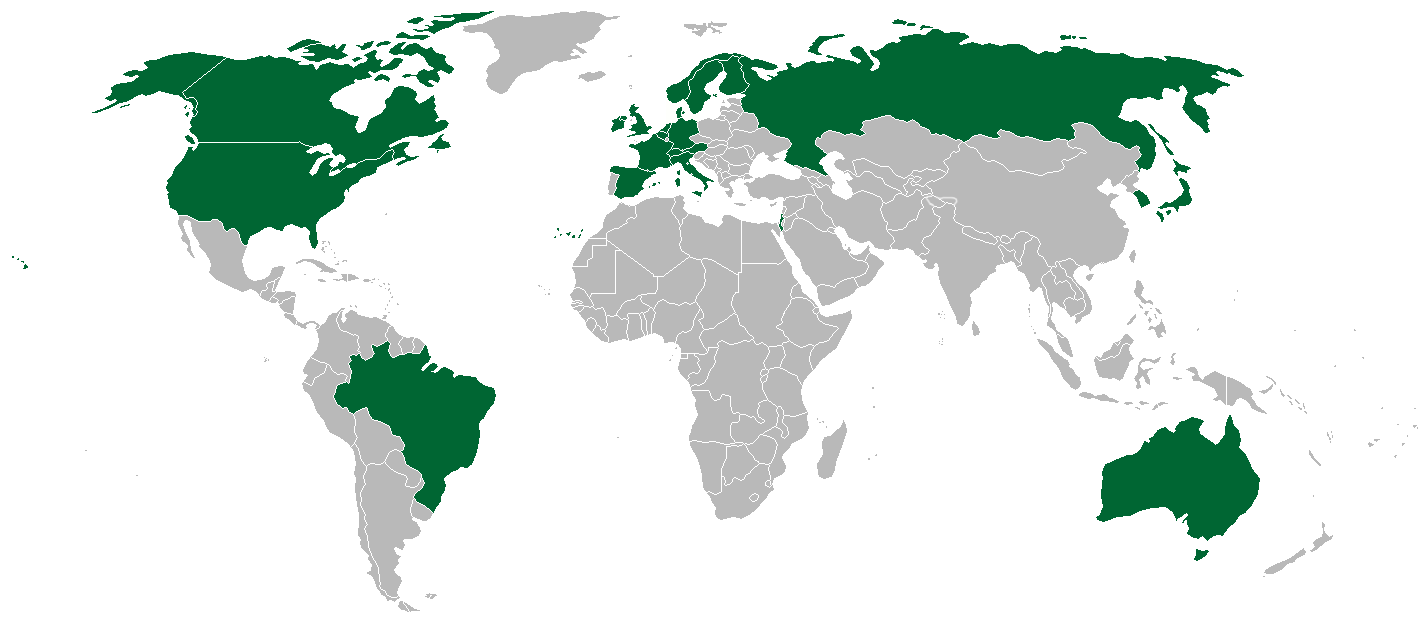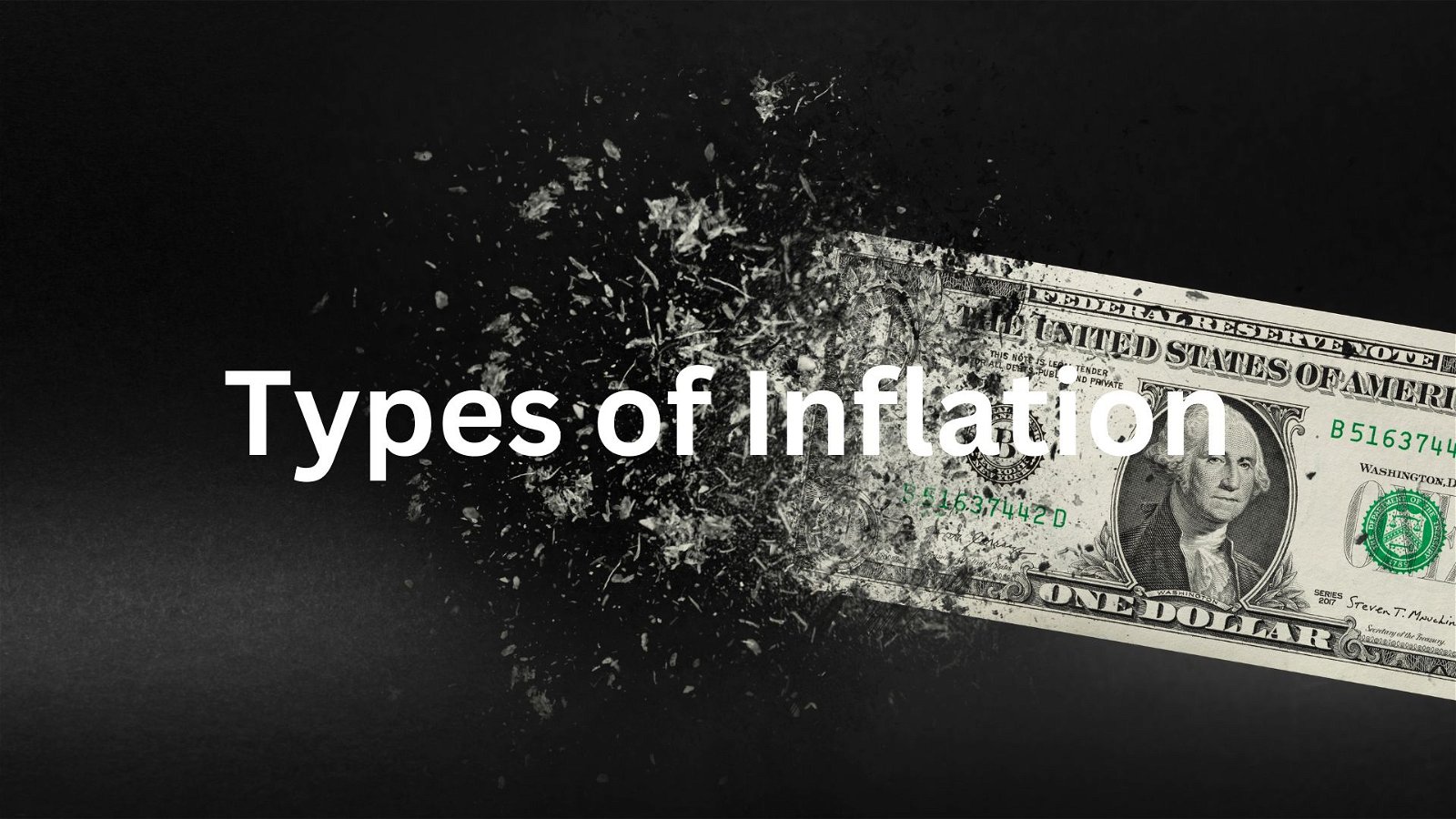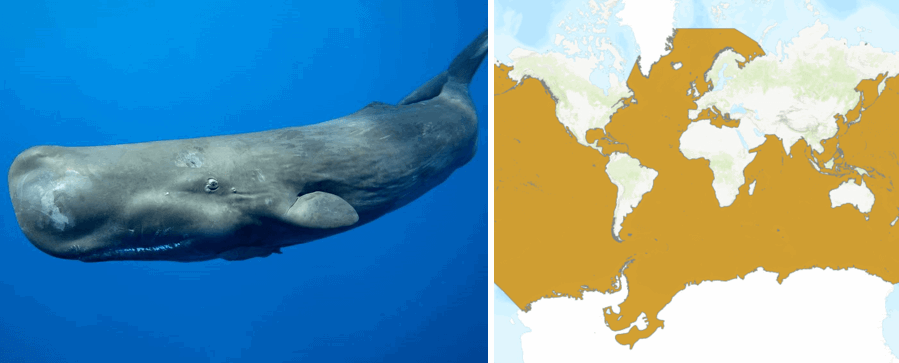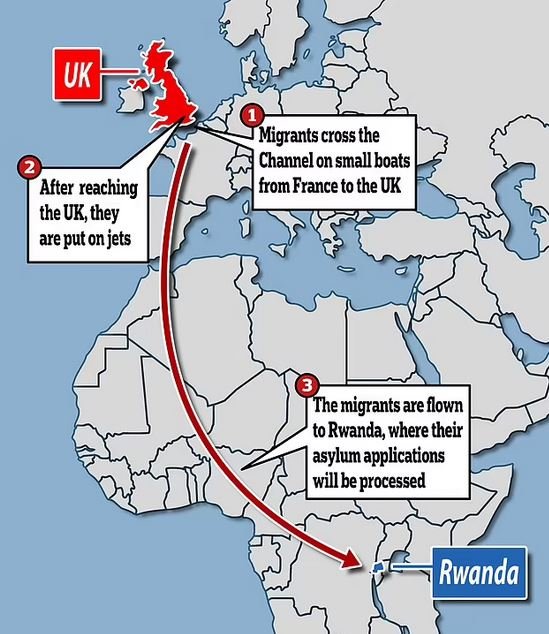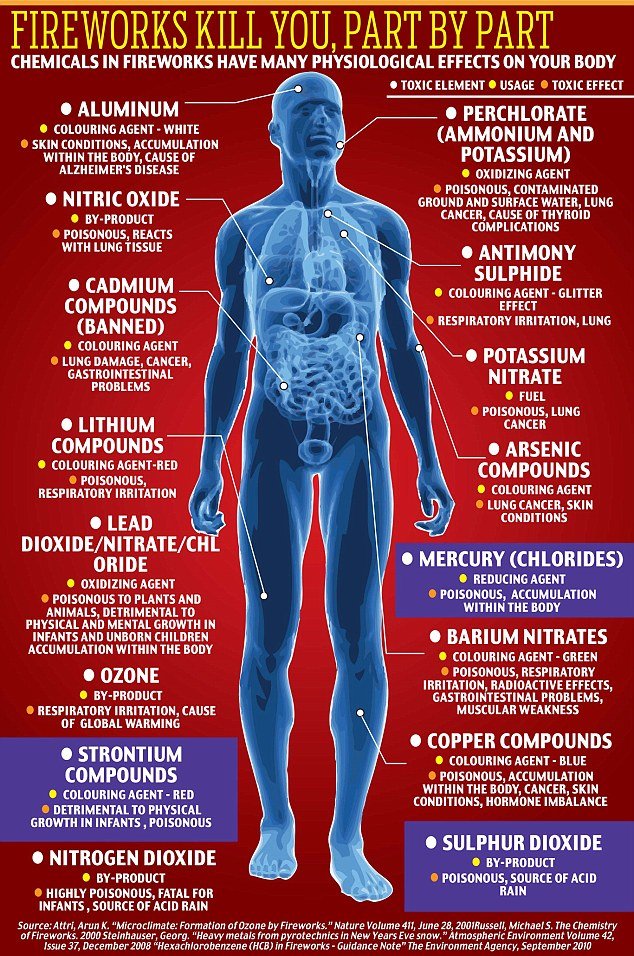
Current Affairs January 10, 2024: Remission, Bio-Imaging Bank Project, India’s Food Processing Industry, Momentum Investing, International Purple Fest (IPF) 2024
Subscribers of "Current Affairs" course can Download Daily Current Affairs in PDF/DOC
Subscribe to Never Miss an Important Update! Assured Discounts on New Products!
Must Join PMF IAS Telegram Channel & PMF IAS History Telegram Channel
{GS2 – IR – Maldives} Maldives | China | India
- Context (TH): The Maldivian President’s visit to China is expected to impact India-Maldives relations.

Maldives
- Maldives has an area of 90,000 sq. km, with the sea encompassing 99.6 per cent.
- The remaining land is distributed over more than 1,200 islands.
- Experts predict that 80% of the Maldives will cease to exist by 2050 due to “Global Boiling”.
- Maldives, with 98 per cent literacy, is a nation of contradictions.
- These include a constitution that bars non-Sunnis from becoming a Maldivian citizen.
- Maldives has a nascent civil society, a problem of increasing drug abuse and growing inequality.
- Maldivian economy is dependent on external factors with a distorted labour market.
Background & Developments: Chinese Visit of Maldivian President
- Current Maldivian President Muizzu is regarded as “pro-China” and is on a state visit to China.
- The Maldivian President discussed tourism diversification at China’s “Invest Maldives” Forum.
- China was the top source of tourists for the Maldives. India, post-COVID, took this position.
- China was hailed as “the closest ally and developmental partner of Maldives”.
- The Maldivian President also commended the Belt and Road initiative.
- Agreements to enhance trade and socioeconomic cooperation will also be considered.
- Post-election, Maldivian President Muizzu first visited Türkiye, reversing his predecessors trend.
- Earlier, Maldives’ Vice President also participated in the China-sponsored China-Indian Ocean Region Forum on Development Cooperation (CIORF).
- Maldives’ first bilateral FTA was signed with China in 2017.
Belt and Road Initiative
|
India’s historical support to Maldives
- India is the closest neighbour of Maldives at 70 nautical miles.
- Buddhism in Maldives was replaced in the 12th century by Islam.
- During the British protectorate years, Maldives depended on India for essentials and communication.
- The State Bank of India, the largest bank of Maldives, helped build the country’s tourist economy.
- The defence cooperation includes helicopters and joint exercises like the Ekuverin and Ekatha.
- Operation Cactus (Military Coup 1988), Operation Castor (Tsunami Relief 2004), and Operation Neer (Water Shortage 2014) were carried out by India in the Maldives to assist in a crisis.
- India provides essential items in bulk, like food grains, potatoes and onions, eggs, vegetables, river sand, and construction material, as a special dispensation.
- In the Yameen govt (Pro-China predecessor of Muizzu) Maldives has accused India of interfering in its domestic affairs, causing its “India First” policy to be eclipsed by a strong “India Out” movement.
- Despite rising convergence, the current government is unlikely to take drastic measures that would alter relations with India.
For details on India-Maldives relations, visit >India-Maldives Relations.
{GS2 – Polity – IC – Judiciary} Remission
- Context (TH): The SC quashed the Gujarat government’s move to grant remission to Bilkis Bano case convicts.
SC’s Observations
- The government of the state where the offender was sentenced is the appropriate government to grant remission.
- The court said that the opinion of the presiding trial judge should be mandatorily sought.
- The state should confirm compliance with Section 433A of the Code, as only a life convict who had served 14 years of prison could seek remission.
Bilkis Bano Remission Case
- Bilkis Bano is a gang rape survivor of the 2002 Gujarat riots.
- The SC transferred the investigation to the CBI and the case to Mumbai for free and fair trial.
- Eleven men were convicted by the special CBI court and sentenced to life. Bombay HC confirmed their life terms in 2017.
- In March 2022, one of the convicts approached the SC seeking a remission of his sentence.
- He claimed that the Gujarat State Government was obliged to consider his early release as per the state’s 1992 remission policy.
- The State of Gujarat opposed the petition, claiming the Bombay HC convicted him. Hence, the Maharashtra government should make any decisions regarding remission.
- He then approached the Home Department of the Maharashtra government, which referred the matter to the CBI (Prosecuting agency in Bilkis Bano case).
- CBI replied that he should “serve his sentence fully” and did not deserve leniency.
- In May 2022, SC directed Gujarat government to consider his remission application per 1992 policy.
- On August 15, 2022, the Gujarat government accepted the remission applications for all 11 convicts.
- The Gujarat government stated they were granted early release per the 1992 policy, citing convicts’ ‘good conduct’ while imprisoned.
- Bilkis Bano and others challenged the Gujarat government’s decision. They claim that:
- Each application must be considered separately instead of releasing all 11 convicts ‘en masse’.
- The Gujarat government should have consulted the GoI before remitting the convicts’ sentences as they were convicted by a CBI Special Court, which is a central agency.
- The crimes were so heinous that no ‘right-thinking’ public authority could grant remission.
- Bilkis had filed her petition under Article 32 of IC to enforce her fundamental rights under:
- Article 21 of IC: Guarantees Right to life and liberty.
- Article 14 of IC: Guarantees Right to equality and equal protection of the law.
Gujarat’s Remission Policy and Its Applicability
- The 1992 remission policy allowed prisoners who had served at least 14 years to apply for early release.
- The policy empowered the state to consider the remaining sentence based on conduct, subject to verification.
- The SC invalidated the 1992 policy in 2012.
- The court ruled that remission under Section 432 of the CrPC requires obtaining the judge’s opinion and reasons from the convicting court, allowing only case-specific decisions.
- In response, Gujarat crafted a new policy in 2014, introducing exclusions for some crimes.
- Radheshyam Shah sought remission under the 1992 policy, which did not have post-2014 exclusions.
- In State of Haryana v Jagdish (2010), the SC confirmed that the policy in force at the time of conviction is the one that should be considered for remission.
- The SC said that any new policy replacing an outdated policy could not have retrospective application.
- Gujarat Government’s Argument: The 1992 policy was applicable as the conviction occurred in 2008 before the 2014 policy with stricter guidelines was formulated.
What is Remission?
- “Remission” refers to reducing a sentence or punishment imposed on an individual.
- The power of remission is vested in the executive branch (President /Governor).
- Remission is distinct from both furlough and parole.
SC on Remission
Kehar Singh vs. Union of India (1989)
- Courts cannot deny a prisoner the benefit of being considered for remission of sentence.
- Denial of remission is against reformation principles and pushes the convict into a dark hole.
State of Haryana vs. Mahender Singh (2007)
- No convict has a fundamental right of remission.
- The State, in the exercise of its executive power of remission, must consider each case.
- The right to be considered for remission must be a legal right, keeping in view the constitutional safeguards for a convict under Articles 20 and 21 of the IC.
Grounds for remission
- The SC has held that states cannot arbitrarily exercise this power and must follow due process.
- While the policy varies from state to state, the grounds for remission considered by the Sentence Review Board are the same.
- The factors to be considered while deciding on granting remission are
- The seriousness of the crime,
- The status of the co-accused, and
- The conduct in jail.
- In ‘Laxman Naskar v. Union of India’ (2000), the SC laid down five grounds on which remission is considered:
- Whether the offence is an individual act of crime that does not affect the society;
- Whether there is a chance of the crime being repeated in future;
- Whether the convict has lost the potentiality to commit a crime;
- Whether any purpose is being served in keeping the convict in prison and the Socioeconomic conditions of the convict’s family.
Remission Under IC
|
Art 72 of IC |
Art 161 of IC |
|
|
|
|
Grasping Key Terms
|
S.No |
Terms |
Meaning |
| 1. | Pardon |
|
| 2. | Commutation |
|
| 3. | Remission |
|
| 4. | Respite |
|
| 5. | Reprieve |
|
| 6. | Suspend |
|
Remission under Statutory Laws
Remission under CrPC
- State governments, too, can remit sentences under Section 432 of the Code of Criminal Procedure (CrPC) because prison is a State Subject.
- Section 432(7) of the CrPC says the appropriate government will be “the State within which the offender is sentenced or the said order is passed”.
- Section 433A of the CrPC restricts these powers of remission.
- A person shall not be released from prison unless he has served at least fourteen years of imprisonment in the following cases-
- Where a sentence of imprisonment for life is imposed on conviction of a person for an offence for which death is one of the punishments provided by law.
- Where a sentence of death imposed on a person has been commuted under Section 433 into one of imprisonment for life.
- A person shall not be released from prison unless he has served at least fourteen years of imprisonment in the following cases-
- Under Section 435 of the CrPC, consultation with the central government is mandatory before remission in a case investigated by the CBI.
- The SC has also ruled that ‘consultation’ means ‘concurrence’.
Remission under Prison Laws and Jail Manuals
- The remission system has been defined under the Prison Act of 1894.
- Jail manuals contain rules that allow certain days of remission every month for convicts’ good behaviour.
- For Convicts serving fixed sentences, the remission days are accounted for while releasing the convict.
Latest MHA Guidelines
- Special Remission Guidelines were announced to commemorate the 75th year of Independence
- Prisoners Eligible for Special Remission:
- Women and transgender convicts (aged 50+)
- Male convicts (aged 60+), having completed 50% of their sentence.
- Physically challenged convicts with 70% + disability, having completed 50% of their sentence.
- Terminally ill convicts who have completed 66% of their sentence.
- Poor prisoners detained due to non-payment of fines.
- Young offenders aged (18-21) with no other criminal involvement, having completed 50% of their sentence.
- Prisoners Excluded:
- Convicts with death sentences or life imprisonment.
- Convicts involved in terrorist activities or convicted under specific acts like TADA, POTA, UAPA, etc.
- Convicts of offences like dowry death, counterfeiting, rape, human trafficking, POCSO Act violations, etc.
- Prisoners Eligible for Special Remission:
Famous Remission Cases in India
Rajiv Gandhi Assassination Case (1991)
- In 2018, the TN government recommended to the Governor the release of A.G. Perarivalan, one of the convicts in the Rajiv Gandhi assassination case, on the grounds of good behaviour.
Assassination of Punjab Chief Minister Beant Singh (1995)
- In 2014, Punjab government decided to release some of the convicts involved in the assassination of Chief Minister Beant Singh on the grounds of good behaviour; this sparked debate about justice and the rights of victims’ families.
Jessica Lal Murder Case (1999)
- In the Jessica Lal murder case, Manu Sharma was sentenced to life imprisonment.
- In 2011, the Delhi government recommended Sharma’s premature release, citing good conduct.
- However, this decision was overturned, and Sharma’s release was rejected.
Life Imprisonment and Remission
- Life imprisonment typically means convicts remain in jail for the whole of their life.
- However, they can be released by the State and Central governments at some point, but not before they complete 14 years, by remitting the remaining prison term.
- The CrPC does not govern the Governor’s powers of remission under Article 161 of the IC and is often used to bypass the minimum 14 years of actual imprisonment requirement in the CrPC.
Arguments For Remission
- Rehabilitation and Reintegration: Granting of remission is acknowledging a positive change in an individual convicted of a crime. This fosters the idea of rehabilitation and reintegration into society.
- Humanitarian reformation approach: Remission is grounded in humanitarian considerations such as old age, health conditions and other compassionate reasons.
- Prevents overcrowding in prisons: Remission alleviates the issue of overcrowding in prisons, leading to better living conditions for prisoners and improved management of correctional facilities.
- Development of Good Behavior of the Prisoners: The possibility of remission incentivises prisoners to exhibit good behaviour, follow prison rules, and actively engage in rehabilitation programs.
- Improvement of Efficiency of the Judicial and Correctional System: It allows authorities to focus on cases where incarceration is necessary while releasing individuals who don’t pose a threat.
- Cost Savings: It results in cost savings associated with the maintenance and management of prisons.
Arguments Against Remission
- Concerns About Public Safety: The focus on rehabilitation and good behaviour might not address the risk to public safety associated with certain offenders involved in crimes.
- Controversial Cases and Public Outcry: Remission, especially in high-profile or controversial cases, can lead to public outcry.
- Inconsistency in Application: The discretionary nature of remission may lead to inconsistency in its application. Similar cases with similar circumstances might be treated differently, raising questions about fairness and equality before the law.
- Potential for Political Influence: There is a risk of political interference in the decision-making process. This could compromise the principles of justice and the integrity of the legal system.
- Undermines Deterrence: Availability of remission may undermine the deterrent effect of criminal penalties.
- Victim and Survivor Concerns: The concerns of victims or their survivors may be overlooked.
- Lack of Transparency: The decision-making process for remission is not always transparent, leading to scepticism about the criteria authorities consider.
{GS3 – IE – Industry} India’s Food Processing Industry
- Context (ET): The exports of the processed food sector rose by 150% in 9 years as per data released by the Ministry of Commerce and Industry.
India’s Food Processing Sector: Key Status
- The Indian Food Processing Industry is the 6th largest in the world.
- The sector contributes approx. 9% to Gross value added (GVA) in the Agriculture sector.
- The sector has the potential to reach $535 billion by 2025.
- Employment: The sector is expected to generate 9 million jobs by 2024.
- Contribution to total exports: The sector contributes approx. 23% of the country’s exports.
- During the last five years ending FY21, the sector has been growing at CAGR of around 8.3%.

Key Drivers for the Growth of India’s Food Processing Sector
- Huge Production base: India ranks 1st in the production of Milk, Ginger, spices, Bananas, and Mangoes and 2nd in the production of Rice, Wheat and other vegetables and fruits.
- Geographical advantage: Diverse agro-climatic zones, soil types, and the largest arable land in the world provide favourable conditions for the growth of the sector.
- Increased demand for processed food due to the socio-economic transition i.e. rising disposable income, changing demographic patterns, rise in nuclear families, working women, etc.
- Rapid growth in Organised retail: Ensuring productivity gains across the supply chain through disintermediation and superior technology. Emergence of tier 1 & 2 cities and “shopping mall culture”.
- Exponential growth of Online food delivery industry: For e.g. Zomato, Swiggy, FoodPanda etc.
- Favourable Government Policies and incentives: For e.g. Relaxation of FDI limits, tax breaks, etc.

Challenges faced by the Sector
- More than 40% of the sector is unorganised in nature.
- Low Agri marketable surplus due to fragmented land holdings, seasonality of the produce, lack of cold chain and significant post-harvest losses, inadequate implementation of the APMC Act, etc.
- Supply chain issues: Long & fragmented supply chain, multiplicity of intermediaries, high logistics costs and inability to compete in the global market. .
- Restricted access to finance due to high risk associated with lack of control over supply chain by farmers and lack of dedicated Venture Capital Fund.
- Innovation deficit: Lack of R&D, inadequate technology transfer from research lab to the industry, inability of small players to invest, inadequate expenditure by government and private sector etc
- Inability to leverage brand value: Deficit of platforms to brand Indian products globally, cases of Phyto-sanitary measures imposed by importing countries constraining market access.
Way Forward
- Institutional reforms such as reforms in the APMCs, land reforms, facilitating credit access, encouraging Farner Producer Organisations (FPOs) etc to attract private investment in agribusiness.
- Restructuring the Essential Commodities Act to provide exemptions to exporters, food processors, and retailers from the applicability of stock limits to enhance output & marketability of the products.
- Maintaining quality standards through requisite infrastructure such as certified testing facilities, training, and information campaigns on standards.
- Creation of an innovation fund to reward innovation in food tech and entrepreneurship.
- Promoting value addition by making available ready-to-cook/eat products and making it more consumer-centric.
{GS3 – IE – Securities} Momentum Investing
- Context (TH): Momentum investing is rising in the Indian stock markets.
- Momentum investing refers to a style of investing wherein investors purchase assets such as stocks or bonds that are consistently rising in price while selling assets whose prices are falling.
- Such investors invest purely based on the price trend of an asset, not backed by the analysis of the fundamental or intrinsic value of the asset.
- Counter to value investing, Momentum investing can cause an unsustainable price rise or fall.
- Traditional value investors believe in “purchasing undervalued assets” and selling them when the asset’s price matches its intrinsic value.
- The “buy high, sell higher” philosophy of momentum investing contrasts the traditional “buy low, sell high”.
|
{Prelims – In News} Bio-Imaging Bank Project
- Context (IE): Tata Memorial Hospital is creating a bio-imaging bank to aid in cancer diagnosis.
- It is significant as Cancer cases are expected to double to over 26 lakhs in the next decade.
Bio-Imaging Bank
- The Department of Biotechnology funds the multi-institutional project in collaboration with IIT-Bombay, RGCIRC-New Delhi, AIIMS-New Delhi, and PGIMER-Chandigarh.
- It is a repository of radiology and pathology images intricately linked with clinical information, outcome data, treatment specifics, and additional metadata of cancer patients.
- This data will be analysed through Radiomics to create AI algorithms using deep learning.
|
Functioning and Advantages
- AI algorithms will analyse radiological and pathological images to diagnose Cancer.
- It will also address medically relevant tasks, including biomarkers and therapy response prediction.
- Prediction algorithms will help predict prognosis (Impact potential of tumour) from images.
- Doctors can use this algorithm to assess tumours’ hardness, texture, and elasticity, patients’ survival probability, and responsiveness to chemotherapy.
- Radiation exposure can be reduced by enhancing images using AI algorithms, especially for children.
- Additionally, AI can enhance accuracy, ensure timely cancer diagnoses, improve patient outcomes, and aid decision-making processes.
|
{Prelims – In News} GS-10th Vibrant Gujarat Global Investment Summit
- Context (TH): PM inaugurates the 10th Vibrant Gujarat Global Investment Summit in GIFT City, Gujarat.
- The focus will be on futuristic technologies like semiconductors, green hydrogen, e-mobility, space manufacturing, renewable energy, financial services, and technology.
Gujarat International Finance Tec-City (GIFT City)
- It is a multi-service Special Economic Zone (SEZ) with an International Financial Services Centre.
SEZ
International Financial Service Centre (IFSC)
|
What Are The Benefits of GIFT City?
1) Income Tax Benefits
- 100% tax exemption for 10 years out of 15 years (IFSC Unit has the flexibility to select any 10 years out of 15 years block).
- Interest income paid to non-residents on money lent to IFSC units is not taxable.
- Long-term Bonds & Rupee-denominated bonds listed on IFSC exchanges are taxable at rate of 4%.
- Transfer of specified securities listed on IFSC exchanges by a non-resident not treated as transfer – Gains accruing thereon not chargeable to tax in India.
2) Goods and Services Tax (GST) Benefits
- GST does not apply to services received by the unit in IFSC, provided to IFSC/SEZ units, and offshore clients.
- GST applies to services provided to Domestic Tariff Areas.
- GST does not apply to transactions carried out in IFSC exchanges.
3) Other Taxes and Duties
- State Subsidies – Lease rental, PF contribution, electricity charges.
- There is an exemption from Security Transaction Tax (STT), Commodity Transaction Tax (CTT), and stamp duty on IFSC exchanges.
{Prelims – In News} International Purple Fest (IPF) 2024
- Context (PIB): International Purple Fest 2024 kicks Off in Goa.
- It is organised by the State Commissioner’s Office for Persons with Disabilities, in collaboration with the Directorate of Social Welfare, Government of Goa, and supported by the Department of Empowerment of Persons with Disabilities, Ministry of Social Justice and Empowerment, Government of India.
- The fest aims to showcase the tales of Persons with Disabilities (PwDs).
- Purple Anthem titled ‘Dhumal’ will be performed by Persons with Disabilities.
- Esteemed ambassadors representing the 21 types of disabilities listed under the Rights of Persons with Disabilities Act, 2016 and Spinal Cord Injury will also participate in the fest.
- Boccia Tournament will also be organised at the International Purple Fest, Goa 2024.
|
|
{Prelims – PIN – Middle East} Cape Route
- Context (IE): The Red Sea attacks have disrupted the Suez Canal route through the Red Sea.
- Shipping firms must trade off the difficult choice of paying higher insurance premiums on the risky Red Sea route and taking the longer and costlier way around the Cape of Good Hope.
About the Cape Route
- The European-Asian sea route (Cape Route) is a shipping route from the European coast of the Atlantic Ocean to Asia’s coast of the Indian Ocean.
- It passes via the Cape of Good Hope and Cape Agulhas at the southern edge of Africa.
- The Cape route was the direct route discovered by Vasco da Gama to reach India from Europe.
- The opening of the shorter Suez Canal route led to a decline in shipping through the longer Cape Route.
- Ships larger than the Suezmax size use the Cape route.
- Cape Route has become less critical, although it still is an alternative secondary route if the Suez Canal is somehow disrupted, for e.g. in case of recent Houthi attacks.
|

Cape of Good Hope

- It is a rocky headland on the Atlantic coast of the Cape Peninsula in South Africa.
- Contrary to misconception, Cape Agulhas is the southern tip of Africa, not the Cape of Good Hope.
- Before the optimistic name “Cape of Good Hope”, it was initially named “Cape of Storms” by the Portuguese explorer Bartolomeu Dias.
|




![PMF IAS Environment for UPSC 2022-23 [paperback] PMF IAS [Nov 30, 2021]…](https://pmfias.b-cdn.net/wp-content/uploads/2024/04/pmfiasenvironmentforupsc2022-23paperbackpmfiasnov302021.jpg)


